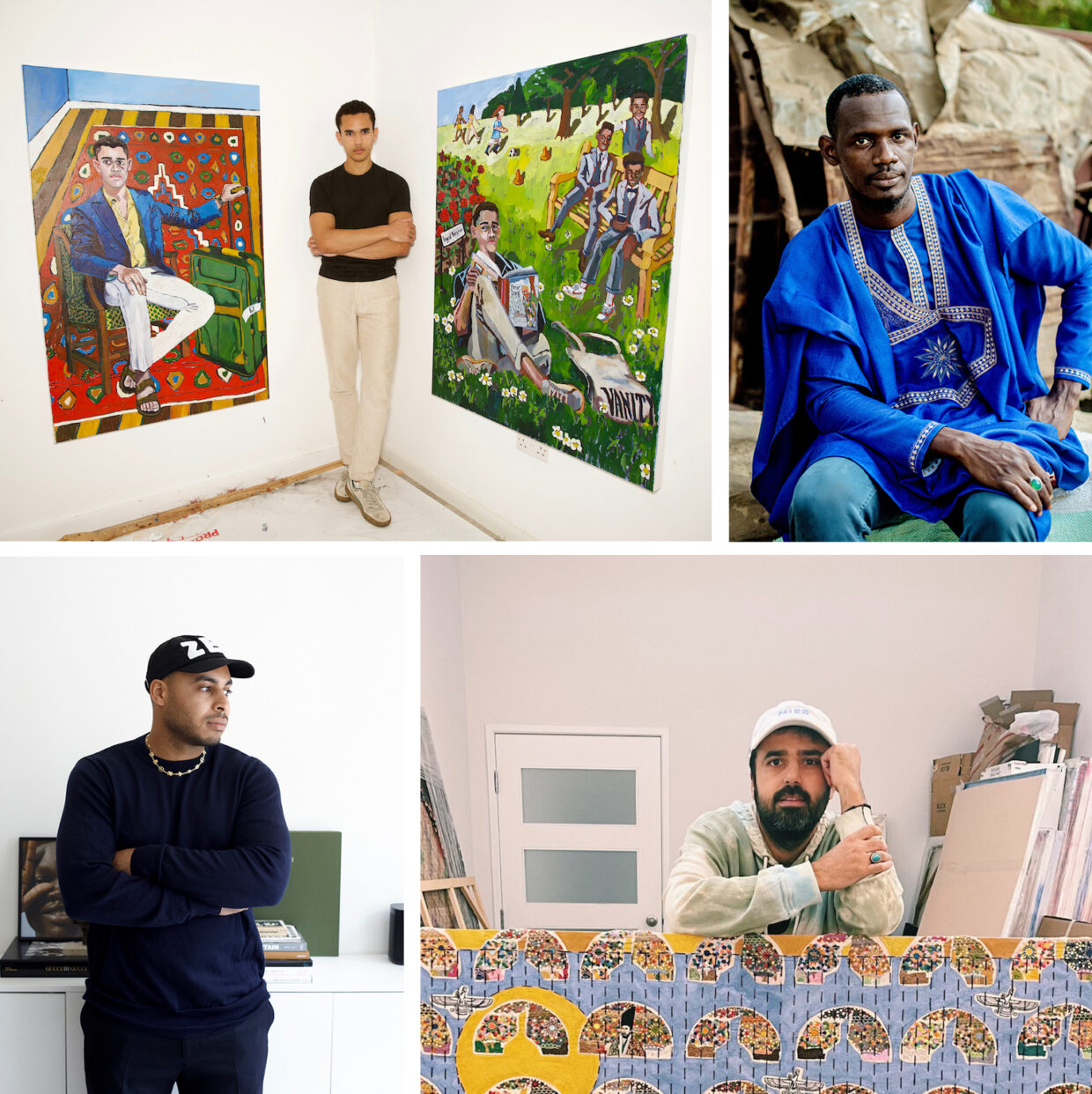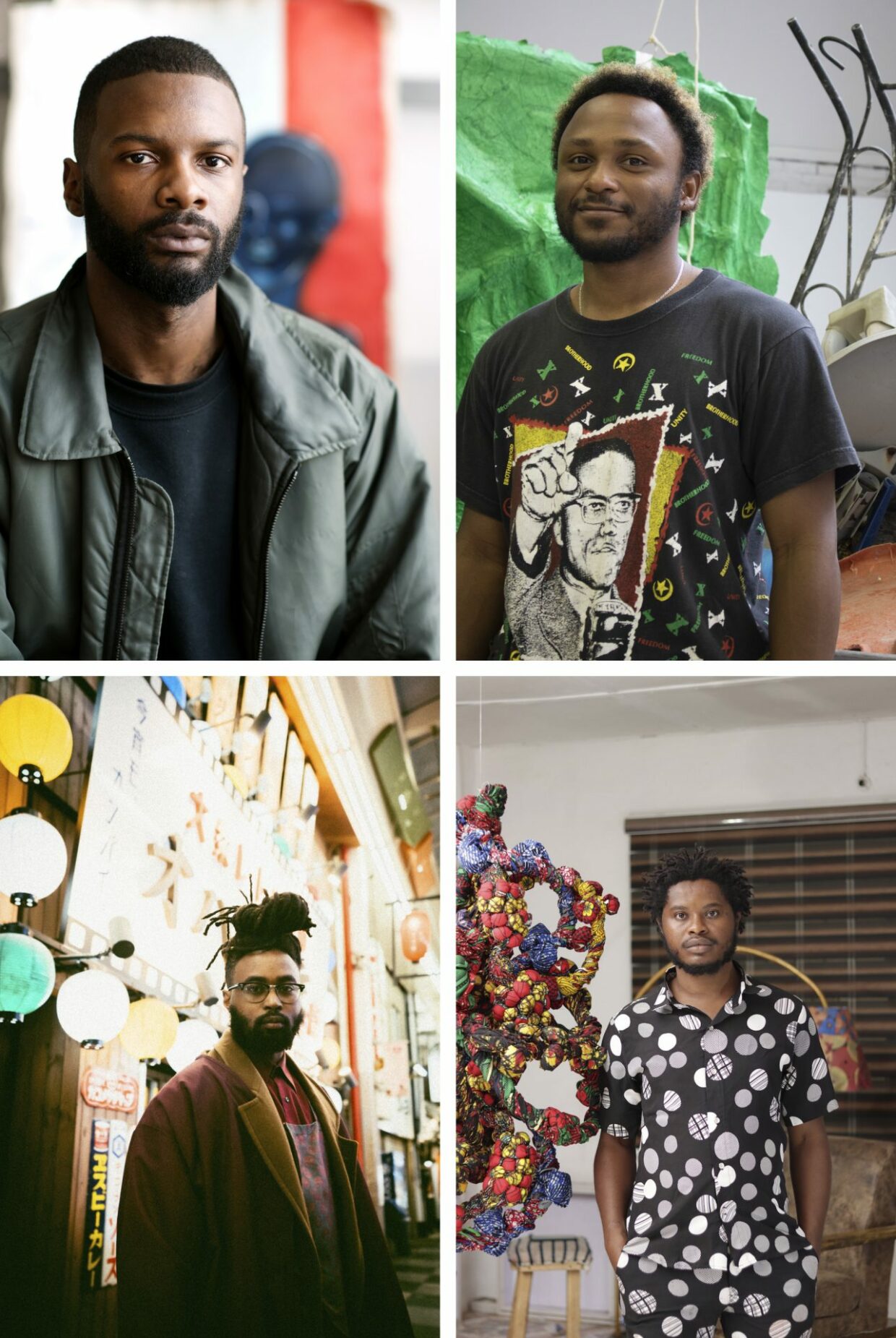Also on site are Wiley’s own work and living spaces. He collaborated with Senegalese architect Abib Djenne to design the amenity-filled building, which prioritizes creativity and communal interaction over everything else.
“There’s a level of quality that I demand,” Wiley said of the compound in an interview with Vogue last year. “I want to set the bar for the way that you think about an experience in West Africa.”
Indeed, for Wiley, the residency program offers more than just space and time to its fellows; it also gives its guests a gateway to the continent on which it lives.
“Black Rock stands as the direct answer to my desire to have an uncontested relationship with Africa, the filling in of a large void that I share with many African Americans,” he said upon founding the program in 2019. “With this project I wanted to explore my own personal relationship with Africa while inviting artists to do the same and to galvanize the growing artistic and creative energies that exist in Africa in an increasing measure with the addition of diverse, international, creative possibility.”
Among the 16 Black Rock residents of 2023–24 are painters, sculptors, photographers, filmmakers, authors, and composers—though most fall into the murky category of multidisciplinarity.
The first-generation American artist Anthony Olubunmi Akinbola, for instance, transforms durags, hairbrushes, and other symbols of Black culture into powerful paintings and sculptures. Ange Frédéric Koffi, a photographer and installation artist from Côte d’Ivoire, turns his lens on fleeting moments that speak to broader issues of displacement and coloniality in West Africa.
Samuel Nnorom, from Nigeria, stitches together elaborate sculptures from foam balls covered in Ankara wax fabric and other textiles, while the Australian Lilah Benetti makes what they call auto-ethnographic films that weave together sociocultural issues and reflections on the Black Queer experience.
“I am struck by the exuberant, joyous, free-form and colorful character of so many of the selected visual artists’ works which belie their serious and rigorous underpinnings,” said Adam Weinberg, the director of the Whitney Museum of American Art who served on Black Rock’s six-person selection committee.
Weinberg was joined on the committee by Tunji Adeniyi-Jones, a figurative painter who was among the inaugural group of Black Rock fellows; Osei Bonsu, Curator of International Art at Tate Modern; Kimberly Drew, a director at Pace Gallery; Larry Ossei-Mensah, a curator and co-founder of ARTNOIR; and Antwaun Sargent, a writer, curator, and director at Gagosian. Together, they chose the new Black Rock cohort from a pool of 1,434 applications—a record number for the young program, which is entering its fourth year.
“I have served for decades on regional, national and international juries for artists prizes and residencies on some of the most prestigious governmental agencies and private foundations,” Weinberg went on. “Never in my life have I seen applications from artists of wider geographical and cultural backgrounds and from as broad a range of media as with the Black Rock Fellowship applications.”





